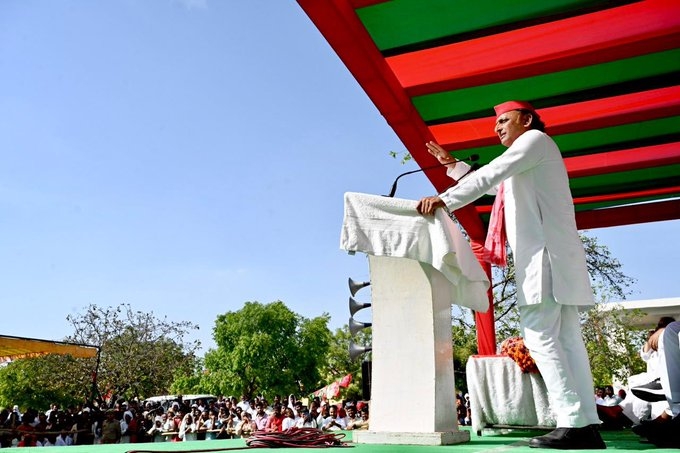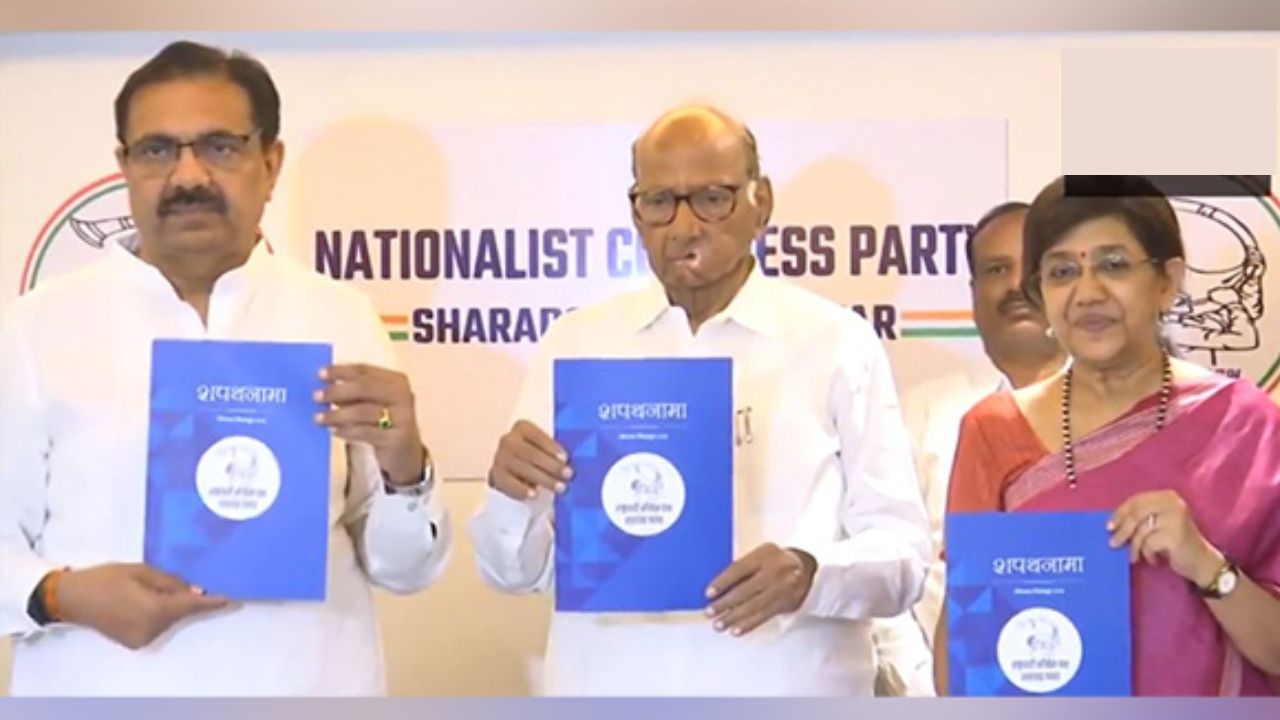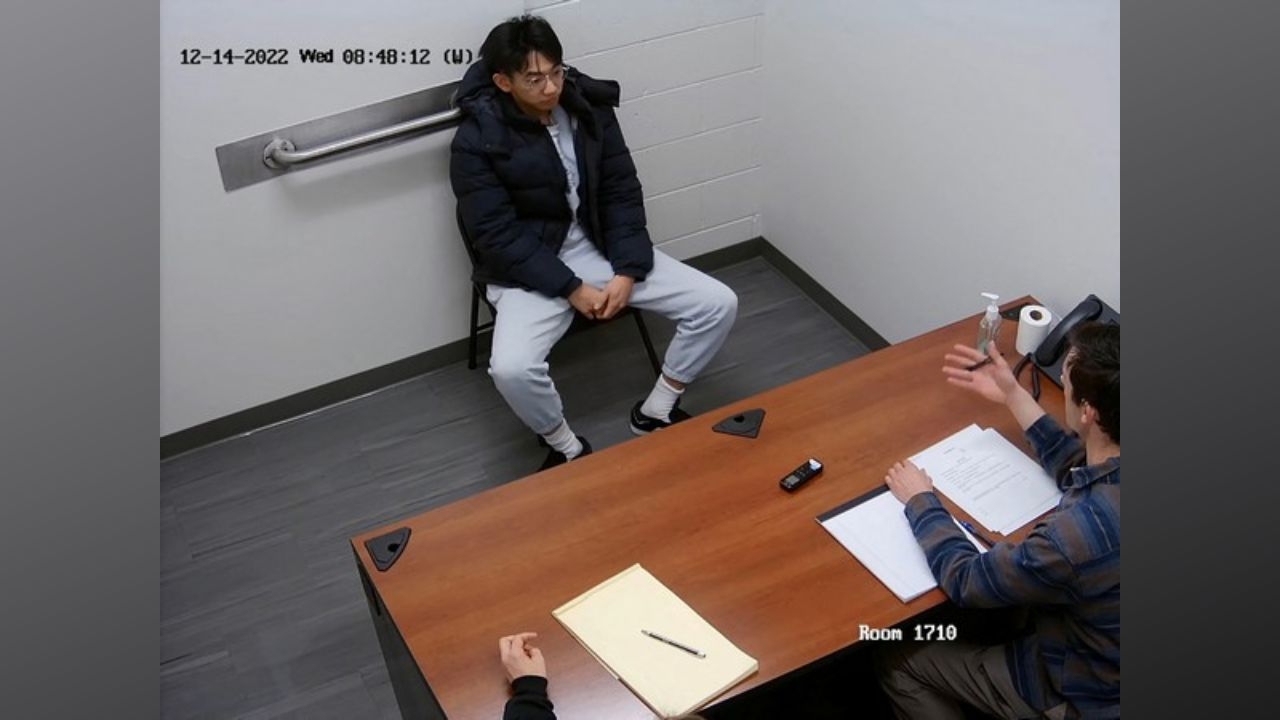Do away with hanging, make right to die with dignity as a fundamental right: PIL
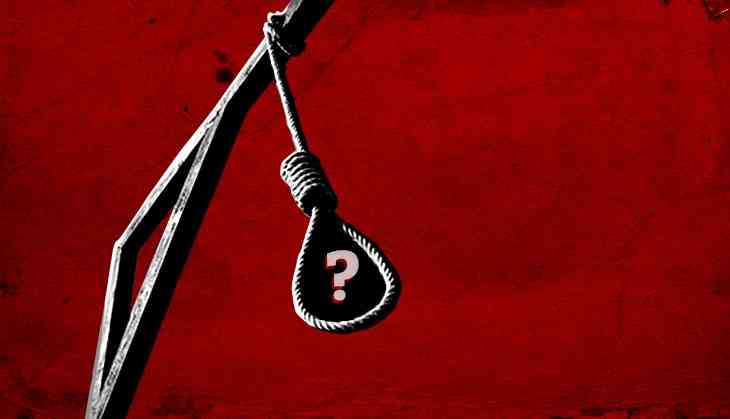
Does the right to life include the right to a dignified life up to the point of death, including a dignified procedure of death? This question has been posed in a Public Interest Litigation (PIL) before the Supreme Court, seeking abolition of hanging as mode of executing death row convicts and replacing it with more “humane” method like a lethal injection.
Filed by advocate Rishi Malhotra, the PIL seeks declaring “right to die through a dignified procedure of death” as a fundamental right. It contends that the practice of hanging as a mode of execution is “ultravires” of the Article 21 of the Constitution that guarantees Right to Life and Personal Liberty.
The petition contends that Sec. 354(5) of the Criminal Procedure Code (Cr.PC) which provides for hanging by the neck as the mode of execution, was not only “barbaric, inhuman and cruel” but also against the resolutions adopted by the United Nations Economic & Social Council (ECOSOC) which provides for inflicting “minimum possible suffering” in carrying out capital punishment.
Besides a Law Commission report, the petition also cites the Apex Court decision in Gian Kaur versus State of Punjab in which it was held that the “Right to Life including the Right to Live with human dignity, would mean the existence of such a right up to the end of natural life. This also includes the right to a dignified life up to the point of death including a dignified procedure of death. In other words, this may include the right of a dying man to also die with dignity when his life is ebbing out.”
The petition also relies on the observations of the Law Commission of India’s 187th report (2003) which opined that “hanging undoubtedly is accompanied by intense physical torture and pain”.
“Shooting and injecting with lethal poison necessarily involves lesser agony compared to hanging, which involves a torturous procedure of weighing the convict, measuring the height, etc. in order to determine the length of the drop,” the petition said.
“It has also noted that if the drop is too short, there will be a slow and agonising death by strangulation. On the other hand if the drop is too long, the head will be torn off,” said the petition citing the panel’s observations on hanging.
“The ultimate conclusion of the Law Commission was that developed as well as developing countries have replaced execution by hanging by the intravenous lethal injection or by shooting which is a more acceptable and humane method of executing the death sentence. It involves less pain and suffering to a condemned prisoner,” the petitioner said.
The petition also cites the SC verdict in Deena versus Union of India in which it was held that the “act of execution should be as quick and as simple as possible and free from anything that unnecessarily sharpens the poignancy of the prisoner’s apprehension”.
It also provided that the act of execution “should produce immediate unconsciousness passing quickly into the death,” it “should be decent” and “should not involve mutilation”.
The petition has sought quashing of Section 354(5) of CrPC for contravening Article 21 of the Constitution and declare “right to die through a dignified procedure of death” as a Fundamental Right as defined under Article 21 of the Constitution of India.



_251372_300x172.jpg)
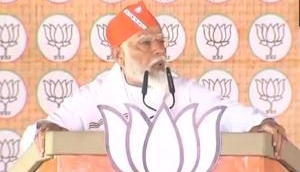

![BJP's Kapil Mishra recreates Shankar Mahadevan’s ‘Breathless’ song to highlight Delhi pollution [WATCH] BJP's Kapil Mishra recreates Shankar Mahadevan’s ‘Breathless’ song to highlight Delhi pollution [WATCH]](http://images.catchnews.com/upload/2022/11/03/kapil-mishra_240884_300x172.png)

![Anupam Kher shares pictures of his toned body on 67th birthday [MUST SEE] Anupam Kher shares pictures of his toned body on 67th birthday [MUST SEE]](http://images.catchnews.com/upload/2022/03/07/Anupam_kher_231145_300x172.jpg)


